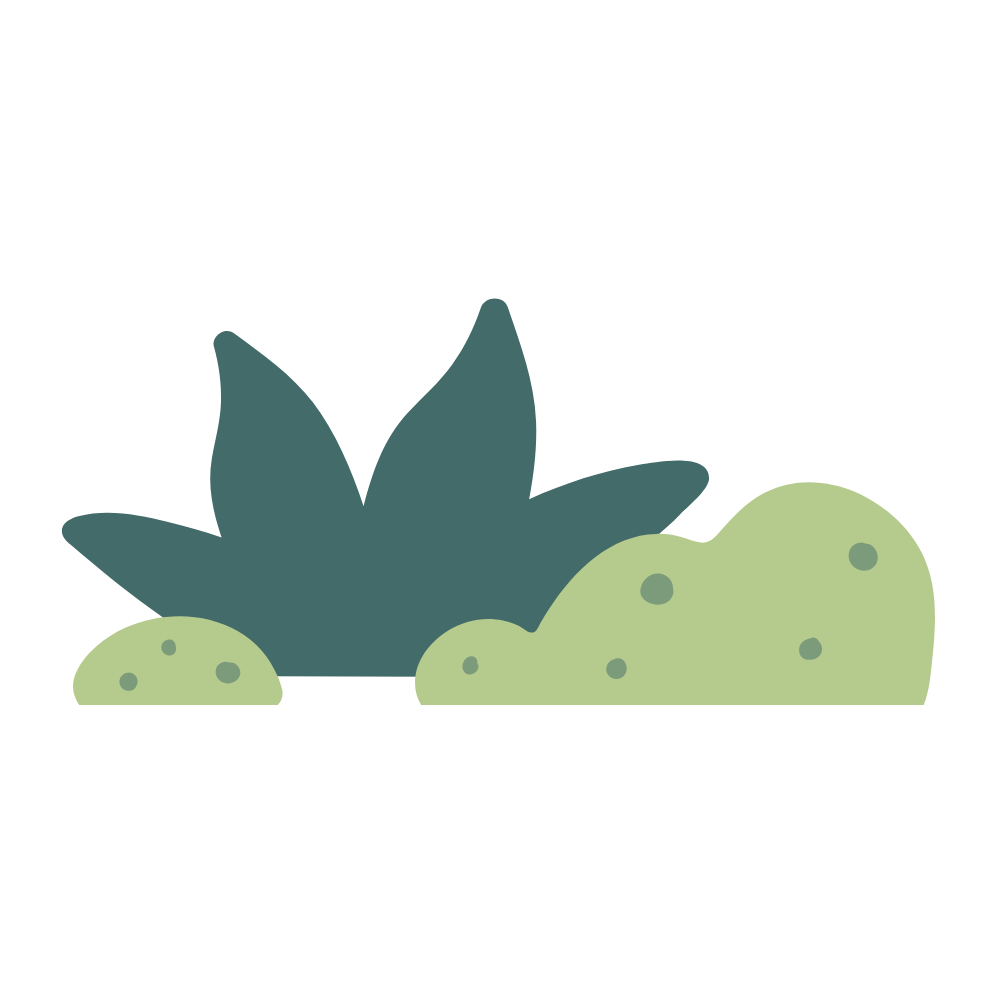Experience Nature Differently by Foraging Flowers
Seek /sēk/
(verb) To go in search of. Discover.
Experience Nature, Differently.
Calling all flower hunters! The first step of foraging for flowers calls you to the great outdoors to find your floral design inspiration and, most importantly, your stems! It's time to check your garden beds, woods and greenspaces for your materials. Our line of tools created especially for foraging for flowers makes seeking easy!
How To Forage Responsibly
Discover the enriching activity of flower foraging, a rewarding way to add a natural and personal touch to your floral arrangements. It connects you with the outdoors, allowing you to harness the diverse beauty of wild blooms in your designs.


Forage Only With Permission
It's great to get out and cut stems in nature, but always get permission before foraging flowers. So that means no foraging for flowers in public parks or snipping your neighbor's prized rose bush.
Forage Sustainably
When foraging flowers, take only what you think you will need and no more. Also, watch out to avoid cutting endangered species.
Foraged Finds
Foraging for flowers provides an opportunity to explore and incorporate a variety of unique elements into your designs.

Branches or Plants That Accentuate Long Graceful Lines
When foraging for flowers, seek branches or plants like curly willow, ornamental grasses and pine boughs. These are elements that add character and personality to a design. Their long, graceful forms add character and elegance, perfectly complementing other foraged flowers.

Large Flowers, Clusters of Blooms or Heavier Volume Flowers
These add weight and create an area of interest in the center of the design. Examples of these foraged flowers include hydrangea, sedum, dahlias, Queen Anne’s Lace and sunflowers.

Plants With Unique Characteristics for Visual Interest
Foraging for flowers often leads to unique finds like sheets of moss or vining materials such as Vinca and Northern Sea Oats, which bring whimsy, texture and movement to arrangements. When you know how to forage for these distinctive plants, you'll add spice and uniqueness to your designs.
Natural Accessories
Nothing completes a design better than a few well-executed natural accessories found during your adventures. These non-floral elements like moss, rocks, driftwood and bark add texture and a distinctive touch to arrangements.
Discovering these items while foraging for flowers not only diversifies your design but also brings an authentic, earthy feel. Each piece, whether it's the smooth surface of a rock or the intricate patterns of driftwood, contributes to creating a more dynamic and visually interesting floral display.

FAQs About Foraging Flowers
Discover key tips and answers about flower foraging to help you gather and create with confidence.
How Do You Forage for Fresh Flowers?
Knowing how to forage for fresh flowers requires a blend of knowledge, respect for nature and the right tools. Begin by researching the types of flowers available in your region and the best seasons to find them. When foraging flowers, it's crucial to respect private property and adhere to local guidelines about wild plant harvesting. Use tools like sharp shears for clean cuts and a sturdy foraging bag for carrying your stems home. Oasis Forage Products offers specialized products and cutting tools to enhance this experience, ensuring both efficiency and sustainability in your foraging practice.
How to Find Which Flowers Are In Your Area?
Understanding your local ecosystem is key to responsible and successful foraging for flowers. To identify local flowers suitable for foraging, consider a mix of resources, including books on regional flora, community groups and botanical gardens. Online platforms also offer valuable information about local plants. Familiarizing yourself with these resources not only increases your knowledge of foraging flowers but also inspires unique, seasonal floral designs.
What Tools Are Needed When Foraging for Flowers?
The right tools are essential for a successful foraging venture. This includes sharp scissors or shears for clean cuts, a durable bag for collecting your finds and protective gloves for safety. Oasis Forage Products offers a range of tools specifically designed for foraging flowers, ensuring you have the necessary equipment for an effective and enjoyable foraging experience.
How Do I Keep My Arrangement Fresh After Foraging For Flowers
After foraging for flowers, you want to keep the flowers fresh as long as possible. To keep your arrangement looking its best:
- After foraging, dip the stems in Hurry Hydrate.
- Always use clean vessels for your arrangement.
- Saturate foam with Flower Fuel before adding stems.
- Trim back leaves so they are not submerged in the water.
- If using a vase with water, trim the stems when you change the water. Make sure to change the water frequently and add Flower Fuel for freshness.
- If using foam, do not trim the stems — simply add water to the arrangement as needed to keep the foam moist.
Ready to keep going? Up next, prep!
PREPWant more tips on how to SEEK, PREP and CREATE?
Share your email to get more OASIS Forage tips and tricks.
